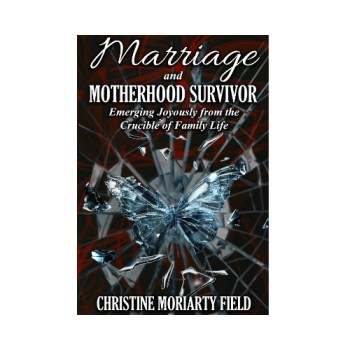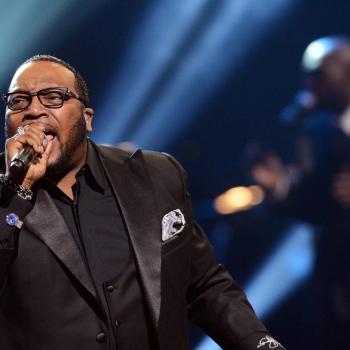Does this kind of experience sound like church—or at least what church ought to involve? I asked respondents in my survey of one hundred church leaders how many times in the last year they had been asked for help with an addiction (either a chemical dependency problem like alcohol or prescription drugs, or a process addiction involving food, sex/porn or gambling). Thirty-one percent answered "never," with another 40 percent reporting that they had been approached only "one to two times" in the last year.[iii] This finding would suggest that if the great majority of our survey respondents have been asked for help with an addiction only once, twice or not at all in any given year, chances are their congregations are not places of healing from addiction, where those on the path to recovery can know they'll find love and support. But is such an inference fair or accurate?
In her book Troubled Minds, Amy Simpson examines lingering church hang-ups around mental illness more generally, with a view to replacing these with healthier, more constructive approaches. She observes that whereas the church is usually quick to organize meals for sick people in its midst, the approximately 25 percent of people in our churches who suffer from some form of mental illness receive no such thing.[iv] Simpson goes on to remark, "No wonder several people I talked with called mental illness the 'no-casserole illness.'"[v]
Simpson and her interlocutors make a good point, one that by default would seem to hold true for addiction, too (as a mental illness): if, in American society, addiction often goes untreated, in the church, being addicted won't land you a home-cooked meal from the church caring committee. Instead, most addicts in the throes of their illness will have to count on their local take-out restaurant or the frozen section of the nearest supermarket.
The Shame of a Largely Untreated Epidemic
There is another reason why the term shame enters into a discussion of loving the addicts in our midst: it is a disgrace—some would say shameful—that addiction in this country and around the world now represents a tragedy of epic proportions and that a looming gap in treating a treatable illness remains. The number of Americans now affected by various forms of addiction (as addicts themselves or as family or friends of addicts) is an indisputable majority. A recent study by the National Center on Addiction and Substance Abuse at Columbia University (CASA Columbia) has found that the disease of addiction now affects more Americans than heart conditions, diabetes or cancer.[vi] (This finding exclusively relies on statistics regarding alcohol, nicotine and drug abuse, and would be even more dramatically high if behavioral disorders involving food, sex and gambling were also included.) Then there are the 43 percent of American families who report having at least one alcoholic family member.[vii] In other words, addiction, if often hidden, is rampant in American society and could fittingly be called "the elephant in the room."
In a race to keep up with the spread of this epidemic, recovery group options in the United States have proliferated—but maybe not fast enough. Since its founding in 1935, Alcoholics Anonymous (AA) has grown to a global membership of two million, with some two-thirds of those members coming from the United States. Not included in this number are the many groups that have spun off from AA, adopting the twelve-step model for recovery from just about anything, from online gaming to hoarding. While their membership pales in comparison to that of AA, these offshoots represent a significant number of Americans: for example, Narcotics Anonymous (645,000 members); Al-Anon (340,000 members); Co-dependents Anonymous (11,000 members); and Overeaters Anonymous (50,000 to 65,000 members), to name just a few.[viii]
This exponential growth of twelve-step groups has accompanied an unprecedented expansion of the professional addiction treatment industry. Just ten years ago, that industry, encompassing public, private and military facilities, treated 1.1 million patients.[ix] Today, the number of patients treated for chemical dependency disorders alone has almost tripled (with the implication yet again that this number would be significantly higher if it also reflected treatment for process addictions).[x] The March 2010 passage of health-care reform, which now makes addiction treatment an insured benefit for millions of Americans, has guaranteed that more and more people with addictions will seek treatment.




